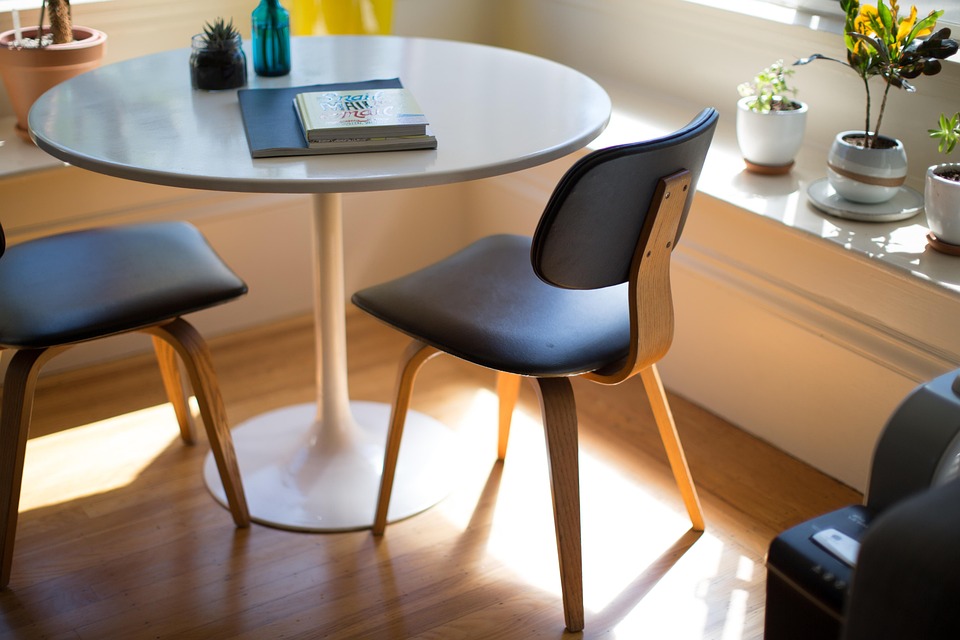The demand for wooden furniture in Canada is stable, and consumers prefer environmentally friendly, novel designs, and cost-effective products. Chinese wooden furniture has a significant share in the Canadian market due to its price advantage and diverse designs. However, in recent years, Canadas anti-dumping investigations on Chinese wooden furniture and increasingly stringent environmental regulations have brought certain challenges to Chinese exporters.Export to CanadaWe will provide a detailed analysis of the export process, certification standards, regulations and policies, packaging labels, and details that are easy to get stuck on, and hope it will be helpful to you.

I. Export Process
- Market research and product positioning: Companies need to have an in-depth understanding of Canadian wooden furniture market demand, competition landscape, price levels and other information, and determine their target market and product positioning based on their own product characteristics.
- Find a partner: Find reliable Canadian importers or distributors, establish cooperative relationships, and sign formal trade contracts.
- Product preparation: Ensure that products comply with relevant Canadian technical regulations and standards, and are packaged and labeled according to customer needs.
- Export declaration: Prepare complete export declaration documents, including invoice, packing list, contract, bill of lading, etc., and declare the export to China Customs.
- International Shipping: Choose the right mode of transportation (sea, rail, air, etc.) to ship your goods to Canada.
- Import customs clearance: Canadian importers are responsible for completing import customs clearance procedures, including paying customs duties, value-added tax and other fees.
- Marketing: Canadian importers sell the products to end users or distributors.

II. Certification Standards
Canadas certification requirements for imported wooden furniture mainly include:
- CARB Certified: The California Air Resources Board (CARB) certification for formaldehyde emissions from wooden furniture is one of the necessary certificates for entering the Canadian market.
- FSC Certification: Forest Stewardship Council (FSC) certification verifies that the wood comes from sustainably managed forests.
- Other certifications: Depending on the product type and use, other certifications may be required, such as CSA certification (for wooden furniture involving electrical components, ensuring that the electrical components comply with Canadian safety standards), UL certification (proving that the product complies with electrical safety standards for the North American market), etc.
III. Laws and Regulations
- Canada Consumer Product Safety Act (CCPSA): Regulations have been made on the mechanical safety, chemical safety and other aspects of wooden furniture.
- Canadian Environmental Protection Act (CEPA): Restrictions have been placed on the release of harmful substances such as formaldehyde in wooden furniture.
- Canadian Timber Legality Act (CLA): Require that imported timber and timber products come from legal sources.
IV. Packaging Label
- Packaging Materials: Use strong, moisture-proof and rust-proof packaging materials to ensure that the product is not damaged during transportation.
- Packing: Use reasonable packaging methods to prevent products from collision, extrusion, etc. during transportation.
- Clear marking: The packaging must clearly indicate the product name, specification model, quantity, weight, production date, manufacturer information, etc., and must be labeled in English or French.
V. Details that can easily get you stuck
- Wood packaging material: According to the Canadian Food Inspection Agency (CFIA), all wood packaging materials (such as wooden boxes, pallets, and dunnage) entering Canada must be fumigated and affixed with the IPPC mark (International Plant Protection Convention mark).
- Wooden furniture itself: Whether wooden furniture itself needs to be fumigated depends on the type of wood and the processing method. Wood made of artificial boards or wood treated with high temperatures is usually exempt.
- Formaldehyde emission: Canada has strict restrictions on formaldehyde emissions from wooden furniture, and CARB certification or other relevant test reports are required.
- Timber Legality: Proof of legal origin of the wood is required, such as FSC certification or other relevant documents.
- Product Tags: Product labels must comply with relevant Canadian regulations, including product name, manufacturer information, origin identification, etc.
- intellectual property: Ensure that the product does not infringe on the intellectual property rights of others, such as trademarks, patents, etc.

VI. Suggestions
- Enterprises can entrust professionalExport agentCompanies or consulting agencies can assist in handling relevant procedures and provide consulting services.
- Pay close attention to changes in relevant Canadian laws, regulations and policies, and make corresponding adjustments.
- Strengthen communication and cooperation with Canadian customers and establish long-term and stable cooperative relationships.
Conclusion
There is great potential for Chinese wooden furniture to be exported to the Canadian market, but companies need to fully understand the relevant processes and compliance points and make adequate preparations to ensure that their products can enter the Canadian market smoothly. Finally, if you have other questions or need further support, please contact us!


 Follow the customer service WeChat account.
Follow the customer service WeChat account.